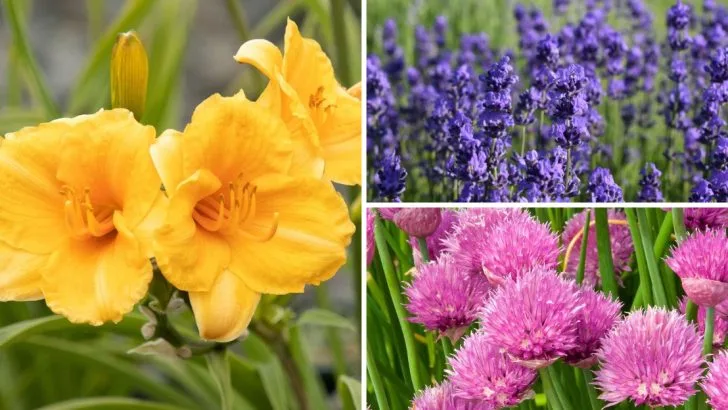Some plants just know how to handle themselves. You plant them once, and when their life cycle ends, they quietly get to work making sure there’s something next in line. No fuss, no replanting—just a built-in backup plan. It’s the kind of garden insurance you didn’t know you needed.
These self-replacing plants reseed, multiply, or regenerate in ways that make your garden feel like it runs on autopilot. They keep things looking full and lively without constant intervention. If you’re someone who forgets to replant or just likes the idea of a garden that looks after itself, these 13 plants are worth getting to know.
Sedum (Stonecrop)
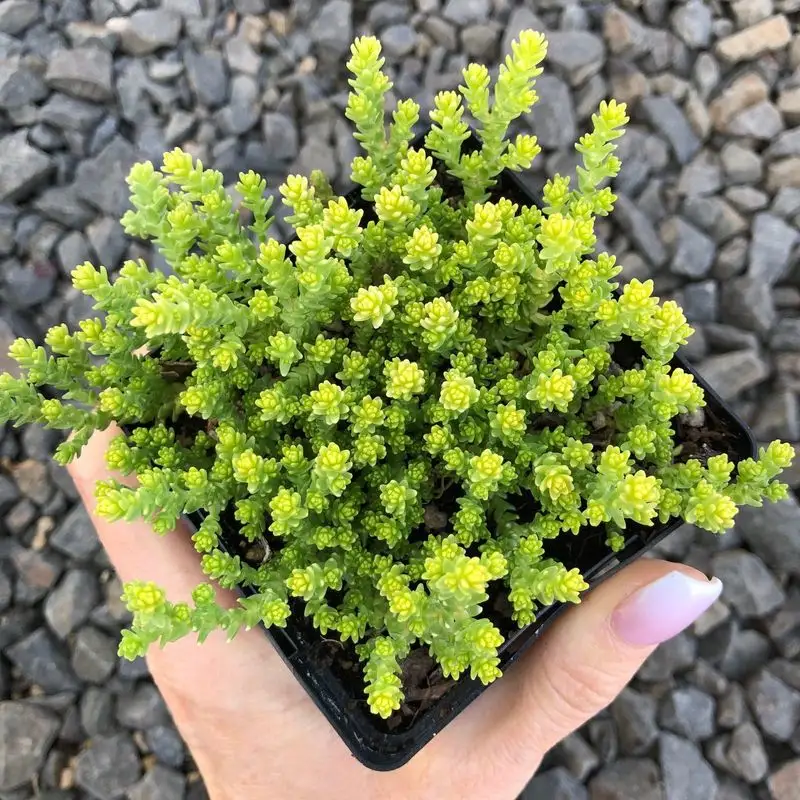
Sedum, commonly known as Stonecrop, is a true survivor in the garden world. Its succulent leaves store water, allowing it to thrive in arid environments and poor soil. As it grows, Sedum spreads easily, creating a lush ground cover. When a part dies, new rosettes quickly emerge, continuing its cycle of life. This plant’s ability to replace itself makes it an excellent choice for rock gardens. Did you know? Sedum varieties were used in ancient times to treat wounds and burns, showcasing its healing properties. Its resilience and beauty make it a gardener’s favorite.
Oregano
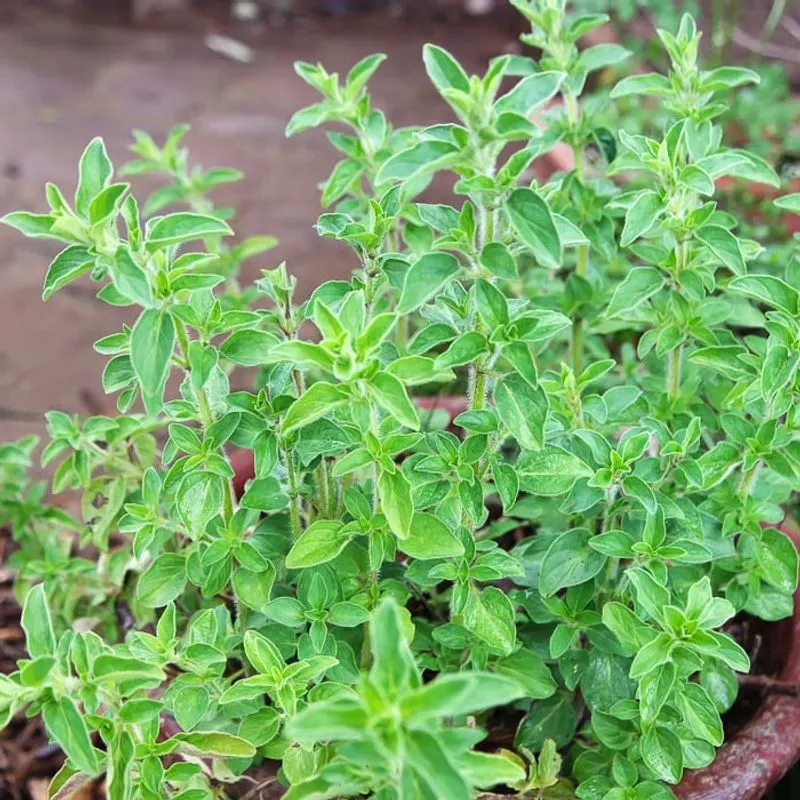
Oregano, a staple in Mediterranean cuisine, is not just a flavorful herb but also a hardy plant. Known for its aromatic leaves and small purple flowers, oregano has a remarkable ability to propagate on its own. As it matures, it spreads through underground runners, creating new plants. This self-replacing feature ensures that oregano patches remain vibrant year after year. Fun fact: Oregano was believed to bring joy and happiness in ancient Greece, often planted near homes for its positive aura. Its robust nature and delightful aroma make it indispensable in any herb garden.
Mint
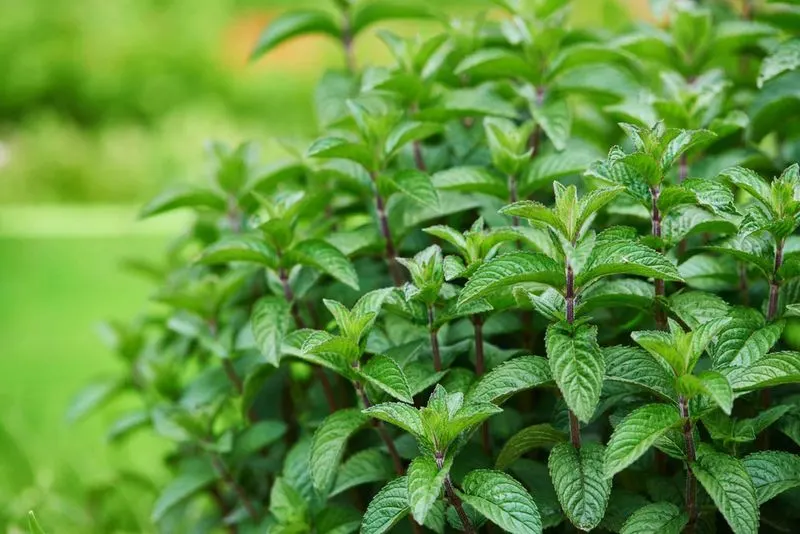
Mint is renowned for its refreshing scent and vigorous growth. This herbaceous perennial spreads rapidly through underground rhizomes, ensuring its survival and dominance in gardens. Each time a stem is cut, new shoots emerge, perpetuating its lush presence. However, mint’s aggressive nature requires careful control, or it might overtake other plants. Interestingly, mint was used in ancient Rome to scent bathhouses. Its resilience and refreshing aroma make it a garden staple, perfect for teas and culinary delights. A word of caution: plant mint in containers to prevent it from taking over your garden.
Daylily
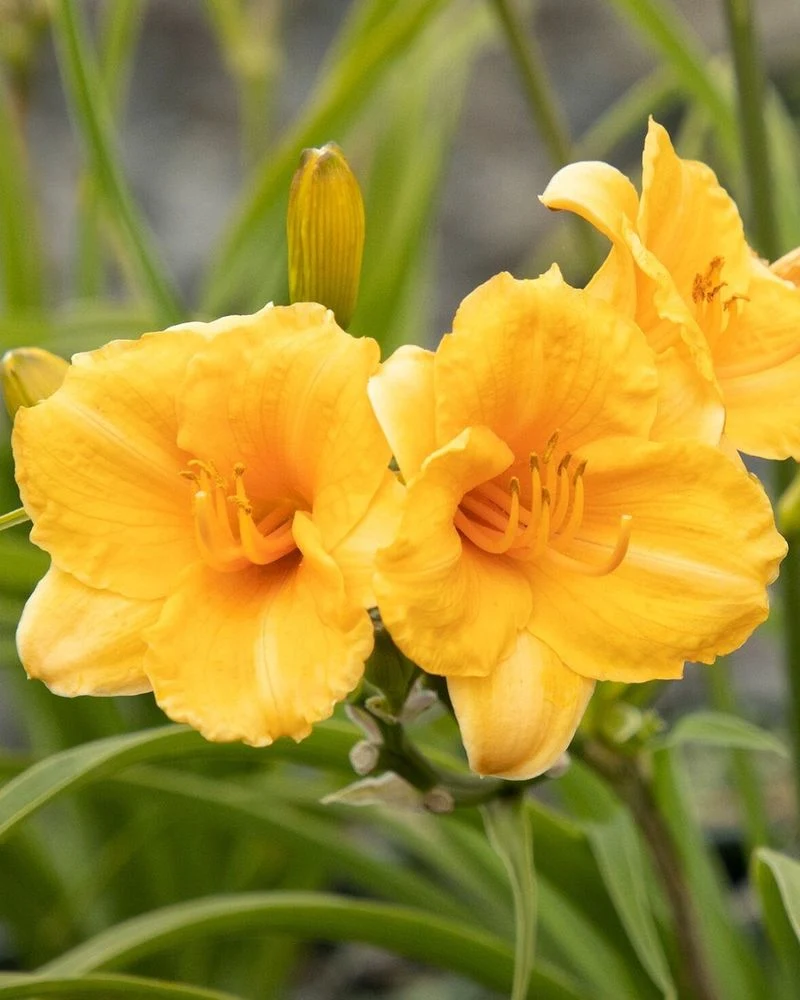
Daylilies are a gardener’s delight, known for their spectacular blooms and ease of care. These perennials form dense clumps that rapidly expand, thanks to their tuberous roots. When one part dies, new shoots quickly replace it, providing continuous beauty. Daylilies come in a multitude of colors, adding vibrant hues to any garden. Did you know? Daylilies are edible, and their buds are used in Asian cuisine for their mildly sweet flavor. Their hardiness and showy flowers make them a popular choice for both novice and experienced gardeners alike.
Lavender
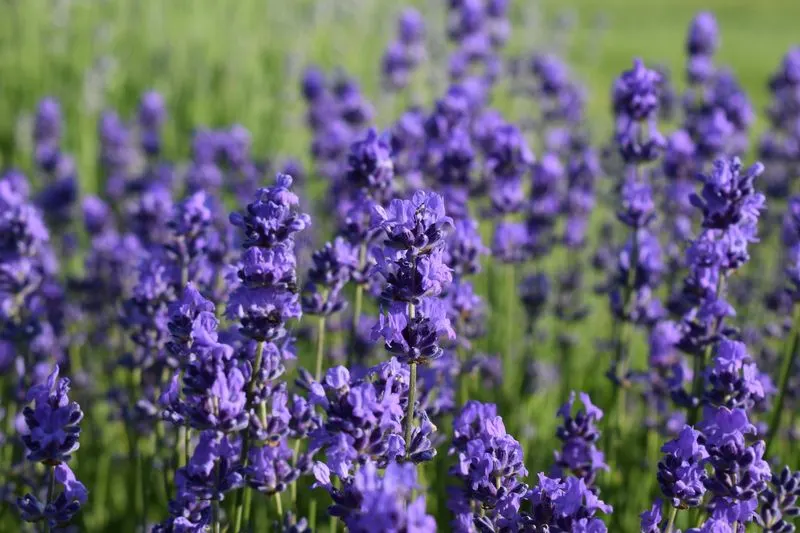
Lavender, with its soothing fragrance and striking purple flowers, is a beloved staple in gardens worldwide. This hardy perennial spreads via seeds and cuttings, ensuring its presence year after year. Lavender’s ability to replace itself is enhanced by its robust root system, which thrives in well-drained soil. Historically, lavender was used in ancient Egypt for mummification due to its preservative qualities. Its calming aroma and drought-resistant nature make it perfect for borders and pathways, providing both beauty and practicality. Every gardener cherishes the tranquility lavender brings to any outdoor space.
Chives
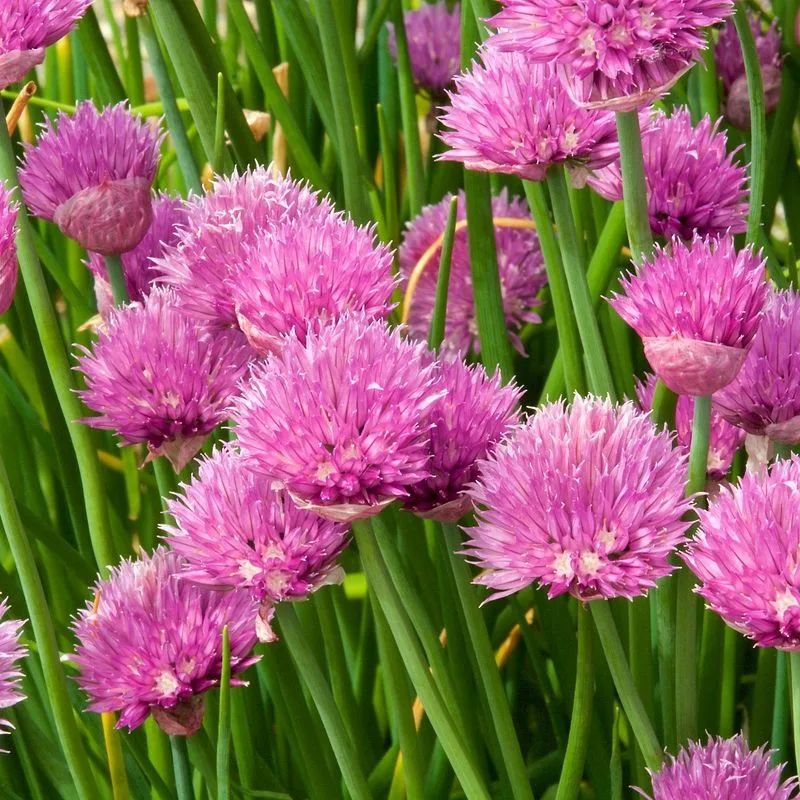
Chives, with their delicate onion flavor, are a popular addition to herb gardens. These perennials are easy to grow and maintain, spreading through clumping and self-seeding. When older parts die off, new shoots emerge, ensuring a constant supply of fresh leaves. Chive flowers are not only beautiful but also edible, adding a mild onion taste to dishes. Fun fact: In medieval times, chives were believed to ward off evil spirits. Their hardiness and culinary versatility make chives a must-have in any garden, providing both flavor and charm.
Creeping Thyme
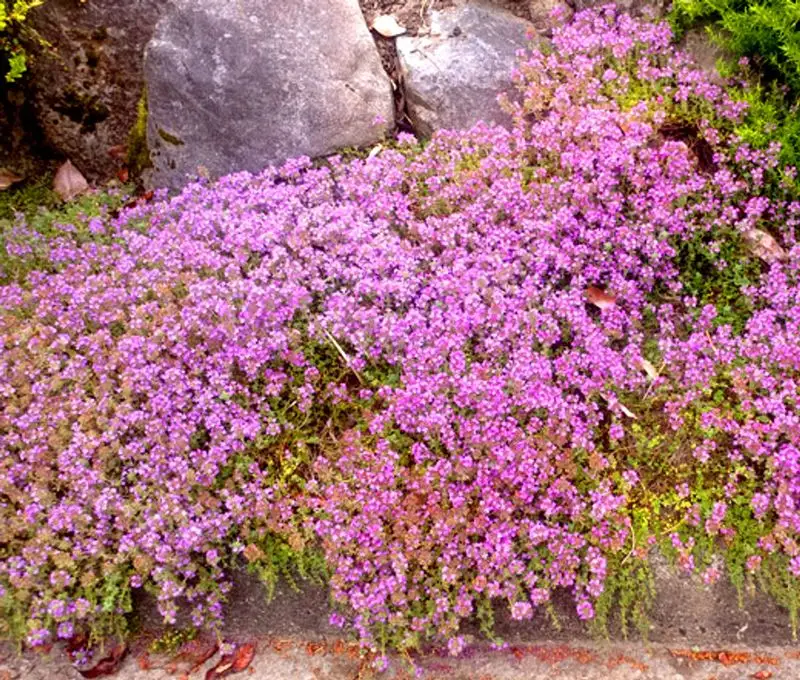
Creeping thyme is a delightful ground cover, known for its aromatic leaves and small purple flowers. This low-growing plant spreads easily, creating a fragrant carpet that thrives in sunny areas. Its self-replicating ability ensures that bare spots are quickly filled, maintaining its lush appearance. Creeping thyme’s resilience and beauty make it a popular choice for pathways and rock gardens. Did you know? In the Middle Ages, thyme was associated with courage and was given to knights before battles. Its charming presence and robust nature make it a valued addition to any garden.
Yarrow
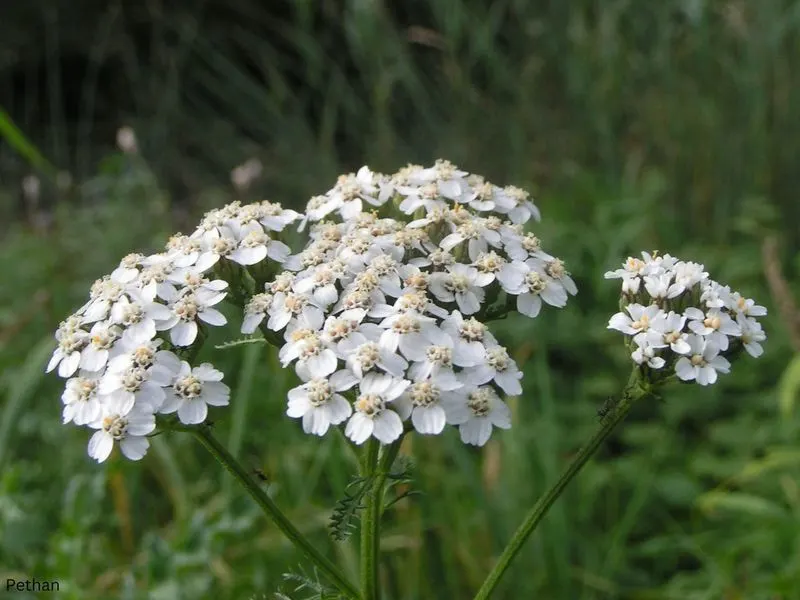
Yarrow is a tough perennial, celebrated for its feathery foliage and clusters of tiny flowers. This plant spreads through rhizomes, ensuring its persistence in gardens. As older sections die back, new growth takes their place, providing continuous beauty. Yarrow is drought-tolerant and attracts beneficial insects, making it an eco-friendly choice. Historically, yarrow was used by ancient Greeks for healing wounds, earning it the nickname “herbal militaris.” Its hardiness and vibrant blooms make yarrow a beloved plant among gardeners, offering both visual appeal and ecological benefits.
Lamb’s Ear
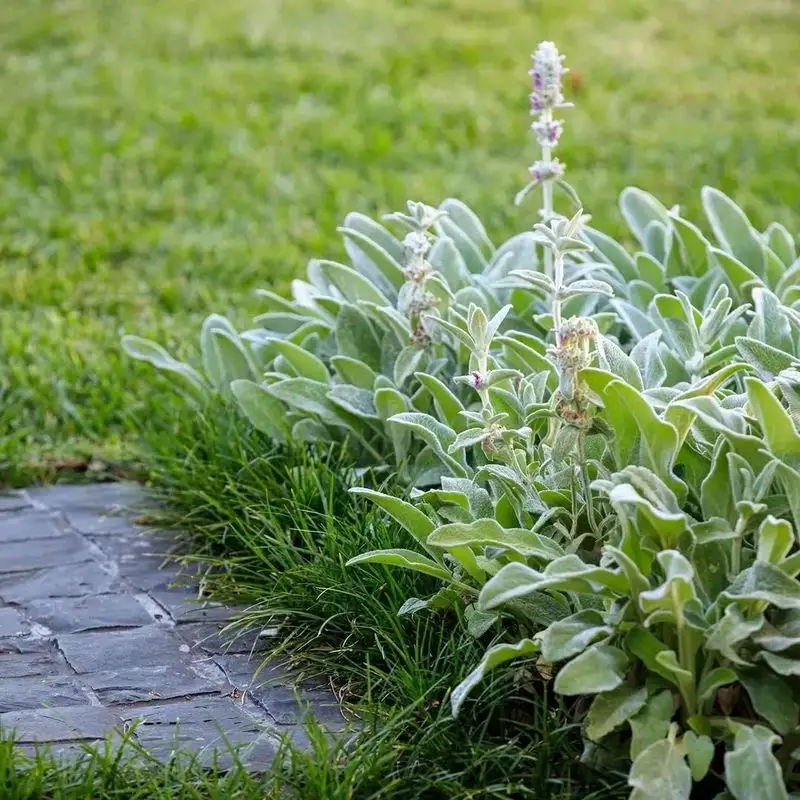
Lamb’s ear, with its velvety, silver leaves, is a charming addition to any garden. This perennial spreads easily through creeping stems, replacing older growth with new shoots. Its unique texture and appearance make it a favorite for sensory gardens. Lamb’s ear is drought-tolerant and thrives in sunny locations with well-drained soil. Did you know? In medieval times, lamb’s ear leaves were used as bandages due to their softness and absorbency. Its whimsical look and easy care make lamb’s ear a delightful choice for borders and ground cover.
Ajuga (Bugleweed)
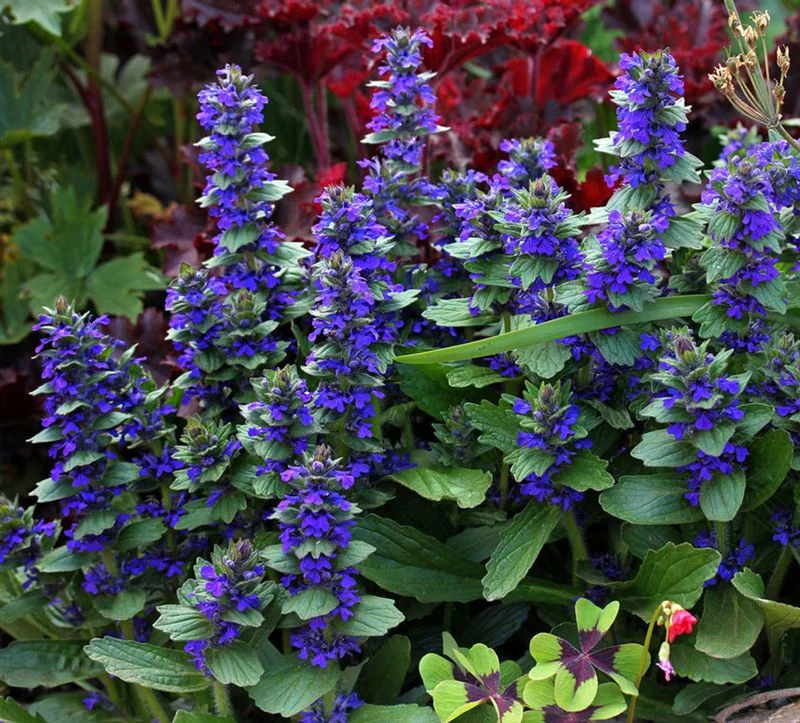
Ajuga, or Bugleweed, is a versatile ground cover known for its glossy leaves and striking blue flower spikes. This plant spreads quickly through runners, creating dense mats that suppress weeds. As older sections die off, new growth ensures a lush appearance throughout the seasons. Ajuga’s ability to thrive in shaded areas adds to its appeal. Fun fact: Ajuga was traditionally used in herbal medicine for its anti-inflammatory properties. Its adaptability and vibrant foliage make it a practical and attractive choice for any garden looking for low-maintenance beauty.
Ferns
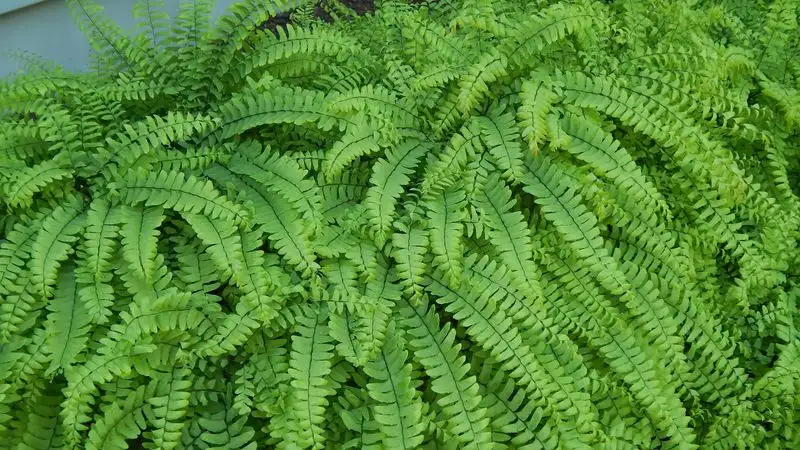
Ferns are ancient plants known for their intricate fronds and ability to thrive in shaded areas. They spread through spores and underground rhizomes, allowing for self-replenishment. This ensures a verdant presence in gardens, even as older fronds die back. Ferns add a lush, tropical feel to any landscape, making them a popular choice for shaded areas. Did you know? Ferns date back to the dinosaur era, making them one of the oldest plant groups on Earth. Their timeless beauty and resilience make ferns a captivating addition to any garden setting.
Hostas

Hostas are beloved for their lush foliage and tolerance of shady conditions. These perennials spread via clumping and division, ensuring a consistent presence in gardens. As older leaves wither, new ones unfurl, maintaining their lush appearance. Hostas are available in various sizes and colors, adding texture and depth to any garden. Fun fact: Hostas originated in Asia and were introduced to Europe in the 1700s. Their ability to thrive in low light and their attractive foliage make hostas a popular choice for landscaping, offering both form and function.
Creeping Jenny

Creeping Jenny, also known as moneywort, is a vigorous ground cover with bright green, trailing leaves. It spreads quickly, filling in gaps and cascading beautifully over garden stones. When parts die back, new growth emerges, ensuring a lush presence year-round. This plant thrives in both sun and partial shade, making it versatile for various garden settings. Did you know? Creeping Jenny was traditionally used in European folk medicine for its healing properties. Its vibrant foliage and easy-going nature make it a delightful addition to any garden landscape.

